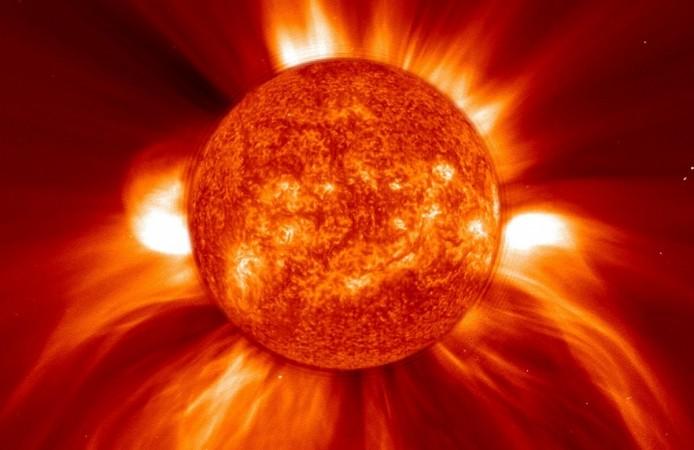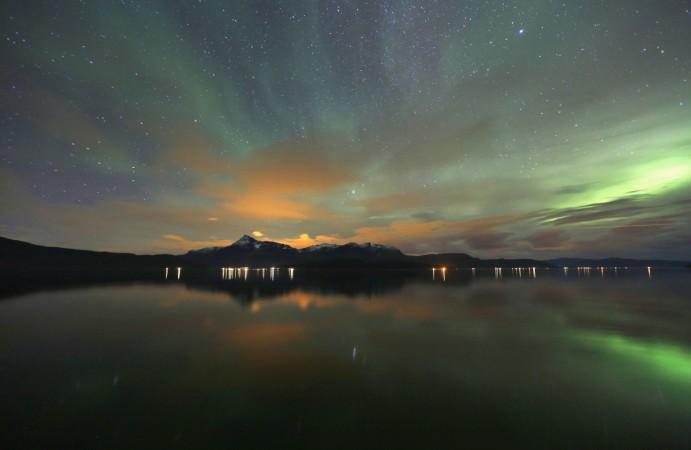Reports that claimed a massive magnetic storm is expected to hit Earth on March 18, disrupting telecommunications and affecting human health, has put everyone around the world on edge. However, American scientific agency National Oceanic and Atmospheric Administration (NOAA) has debunked the speculation.
NOAA did warn of a minor geomagnetic storm which will barely reach a minor G1 out of G5 threshold on March 18. But the panic created by earlier reports of a "massive magnetic storm" has raised questions about what it is, how is it caused and the threat from such a storm.
You'll find answers to all the frequently asked questions about magnetic storms.
What is a magnetic storm?
The simplest explanation to a magnetic storm is a disturbance in Earth's magnetosphere caused due to an exchange of energy from the solar wind.
How is a magnetic storm caused?
Magnetic storms are caused by variations in the solar wind that produces major changes in the currents, plasmas, and fields in Earth's magnetosphere, which is a region surrounding our planet with charged particles. Depending on the solar wind conditions, the storms can last for several hours or even days.

Massive storms carry billion tons or so of plasma from the sun's coronal mass ejections (CMEs), which take several days to reach Earth. CME storms are more intense than a high-speed solar wind storm.
What are the hazards of magnetic storms?
Magnetic storms, depending on their threshold, can disrupt the telecommunication systems, radio communications, radar blackouts, and disruption of radio navigation systems on Earth. They can also cause voltage surges in power grids, causing blackouts.
Magnetic storms also have the potential to damage satellite electronics through build-up discharge of static-electric charges, and subject astronauts and high-altitude pilots to increased levels of radiation.
Has Earth experienced magnetic storms and what do they look like?

Yes. In 1859, the biggest solar event in the history took place and lasted for two days. Those who witnessed the event could see a beautiful formation of northern lights, which are usually visible in Polar Regions, extended as far as Huawei, Mexico, Cuba, and Italy. The event is popularly referred to as Carrington Event.
Magnetic storms aren't so rare. In fact, the one taking place on March 18 would be the third one just this year.









